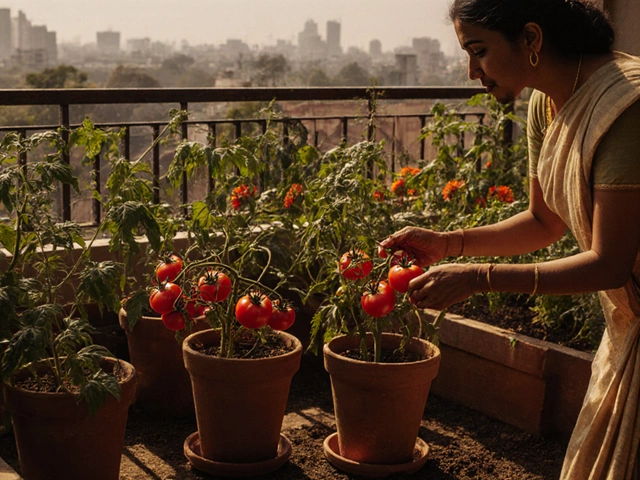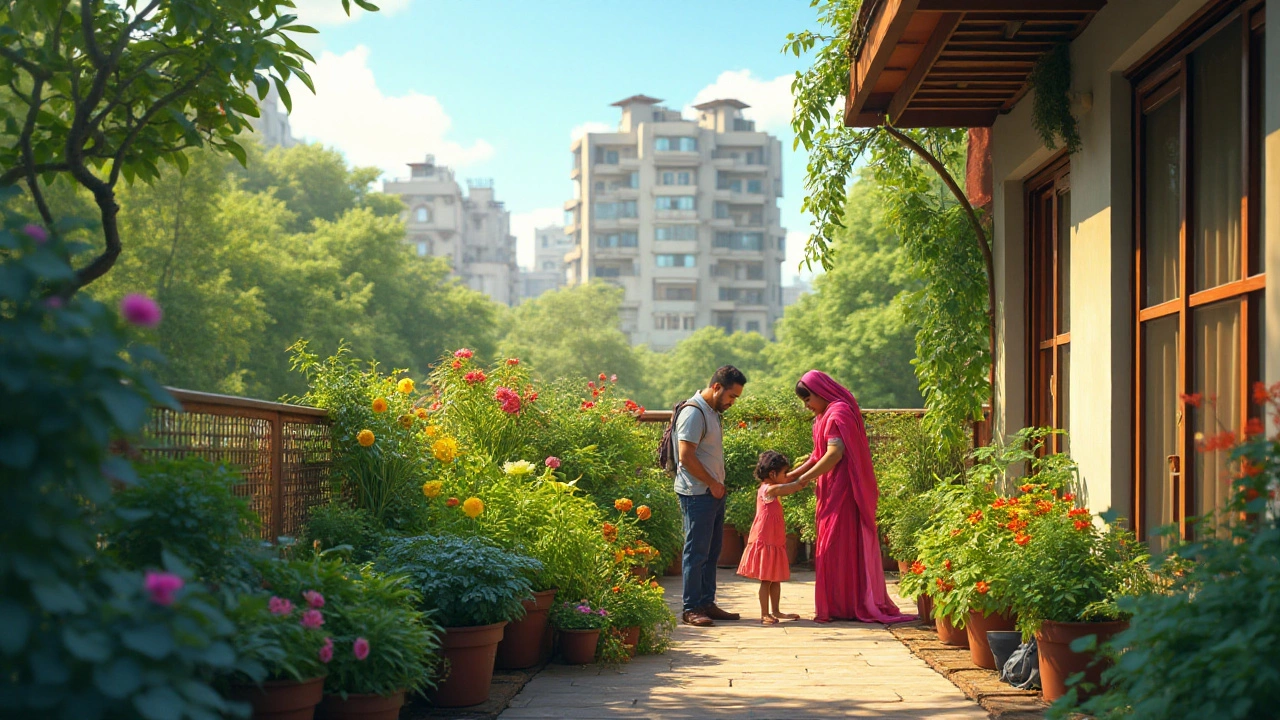Grow Your Own: Simple Steps to Start Your Garden Today
Ever imagined picking fresh veggies or herbs right from your balcony or kitchen window? You don’t need a big farm – a little soil, the right water tricks, and some smart plant choices can turn any space into a food source. Let’s break down the basics so you can start growing your own right now.
Soil & Water: The Foundation
Good soil is the first thing to check. If your garden feels heavy and clay‑like, add coarse sand, compost, or well‑rotted manure to loosen it up. A light, crumbly mix lets roots breathe and water move through easily.
Watering wisely saves both time and bills. Drip irrigation is a top pick for Indian gardens because it delivers water straight to the root zone and reduces evaporation. Bury the drip lines about 2‑3 inches deep for most vegetables; deeper for larger plants. If you’re on a budget, hand‑lay a simple drip tape along rows and connect it to a timer.
Maximizing Small Spaces & Indoor Gardens
Balconies, terraces, and even sunny windows can host a productive garden. Use hanging pots, railing planters, or a vertical garden kit to stack plants upward. Leafy greens, cherry tomatoes, and herbs love vertical setups because they get plenty of light and air.
Indoor plants aren’t just for décor – they can supply fresh herbs and small veggies year‑round. Keep them in a spot with bright indirect light, water when the top inch of soil feels dry, and mist occasionally if the air is dry. A simple pebble tray filled with water can boost humidity for tropical houseplants.
Companion planting, sometimes called “sister plants,” can boost yields and keep pests away. Plant basil next to tomatoes to deter flies, or grow marigolds around beds to repel nematodes. These pairings work well in both outdoor beds and container gardens.
Eco‑friendly practices make a garden last longer. Start a kitchen compost bin for vegetable scraps, then mix the compost into your soil each season. Zero‑waste fruits like oranges or bananas can be used for natural fertilizers after peeling – just remember some plants hate coffee grounds.
Common mistakes to avoid: over‑watering, planting in full shade, and using too much chemical fertilizer. If leaves turn yellow, check soil moisture first; most problems are fixed by adjusting watering or adding organic matter.
Ready to grow your own? Browse our guides on drip irrigation depth, balcony garden layouts, indoor plant care, and sustainable gardening. Pick one tip, try it this week, and watch your garden grow. The more you experiment, the easier it gets – and soon you’ll have fresh produce right at your doorstep.
Ultimate Guide to Creating a Thriving Kitchen Garden
Kitchen gardens offer a sustainable and rewarding way to grow fresh produce right at home. They can be tailored to fit any space, large or small, and provide numerous benefits beyond fresh vegetables, including enhanced well-being and family bonding. This guide explores essential steps, helpful tips, and creative ideas to start your kitchen garden, whether you're an urban dweller with a balcony or have a spacious backyard. Discover how to select the right plants, use eco-friendly practices, and create a beautiful and productive garden that flourishes throughout the seasons.
About
Home and Garden
Latest Posts
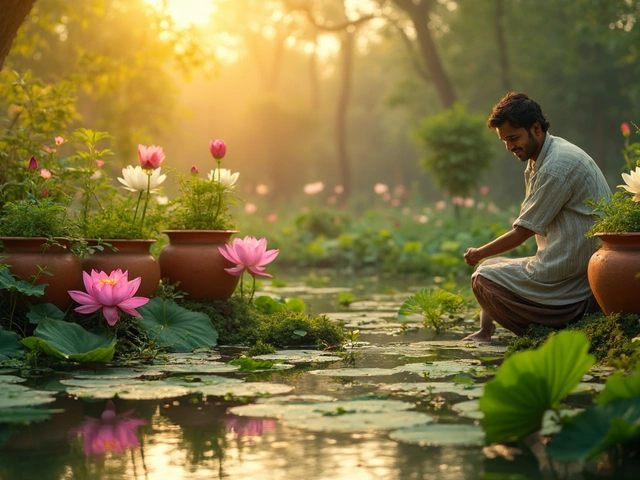
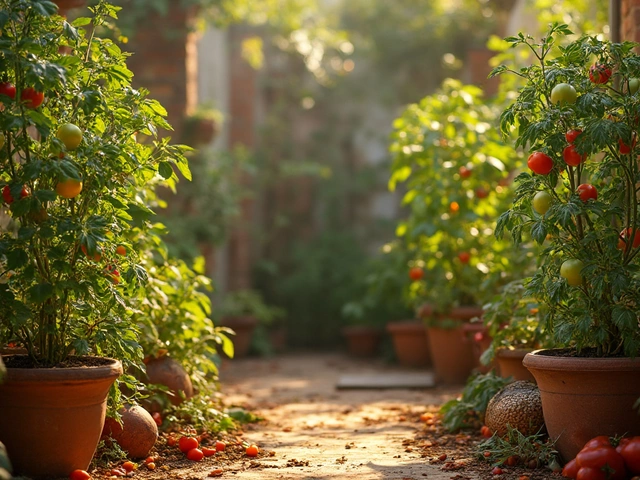
How Long Do Tomatoes Take to Grow? Quick Guide for Garden Lovers
By Alden Thorne Mar 3, 2025
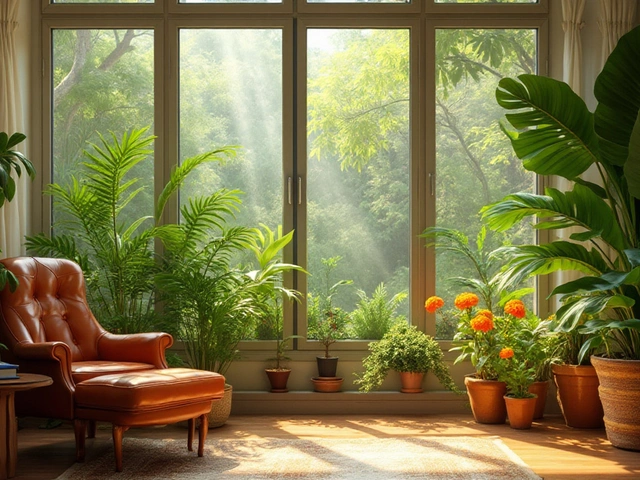
Top Indian Seasonal Plants to Brighten Your Home
By Alden Thorne Dec 25, 2024

Are Carrots Native to India? History, Origins, and Surprising Facts
By Alden Thorne Jun 27, 2025
